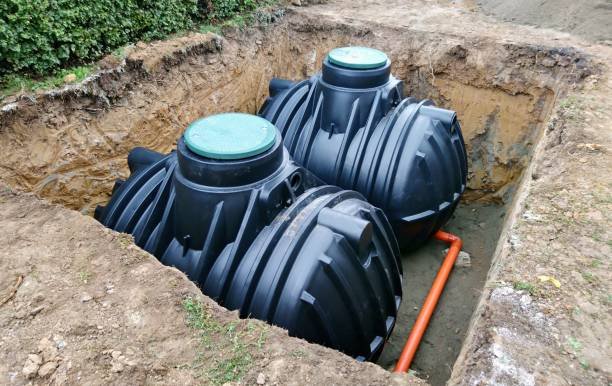Drought Prevention and Drought Preparation Strategies that South Africans can Use
Skip to content
Skip to footer
Drought Prevention and Drought Preparation Strategies that South Africans can Use
Drought Prevention and Drought Preparation Strategies that South Africans can Use

